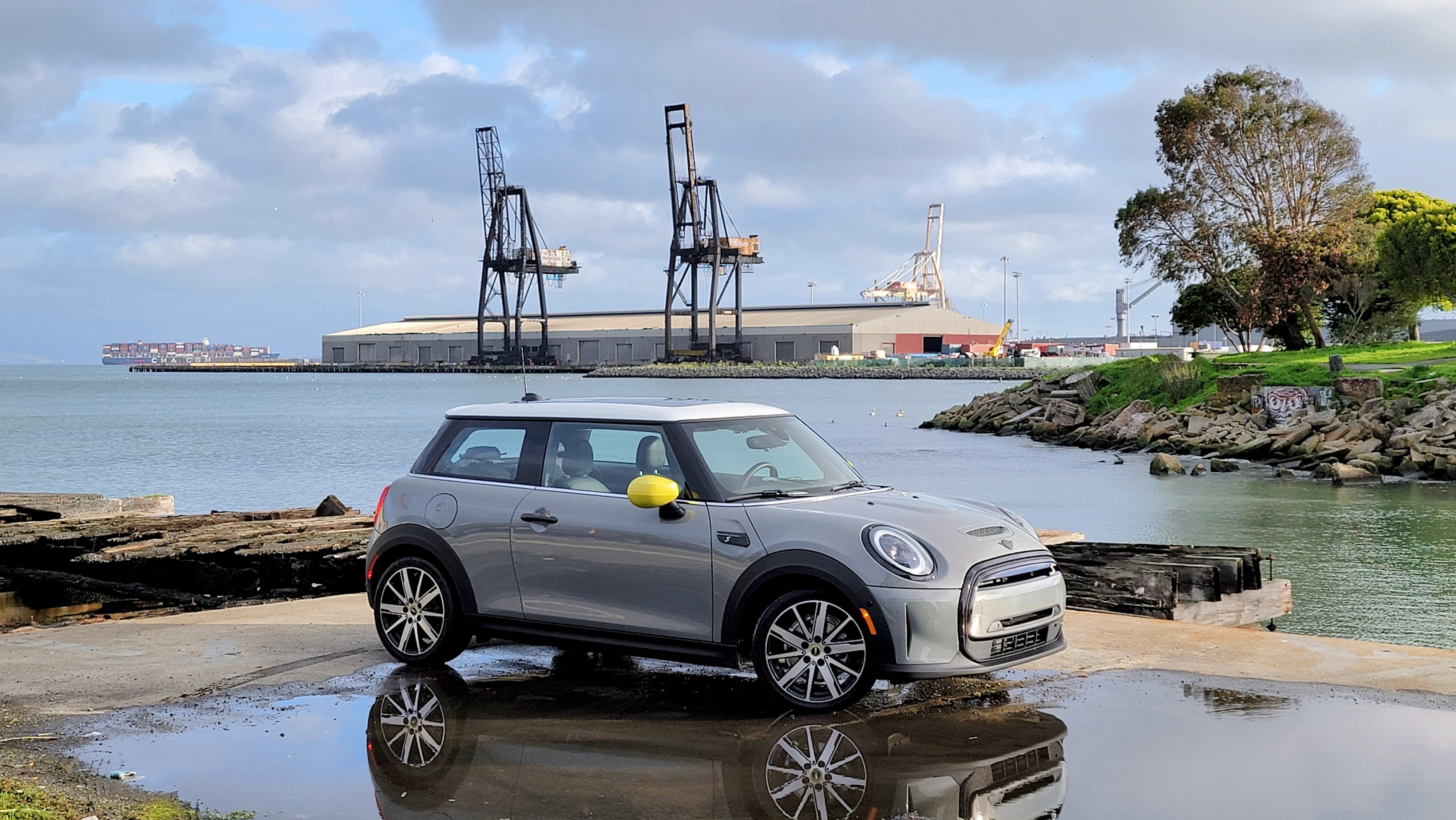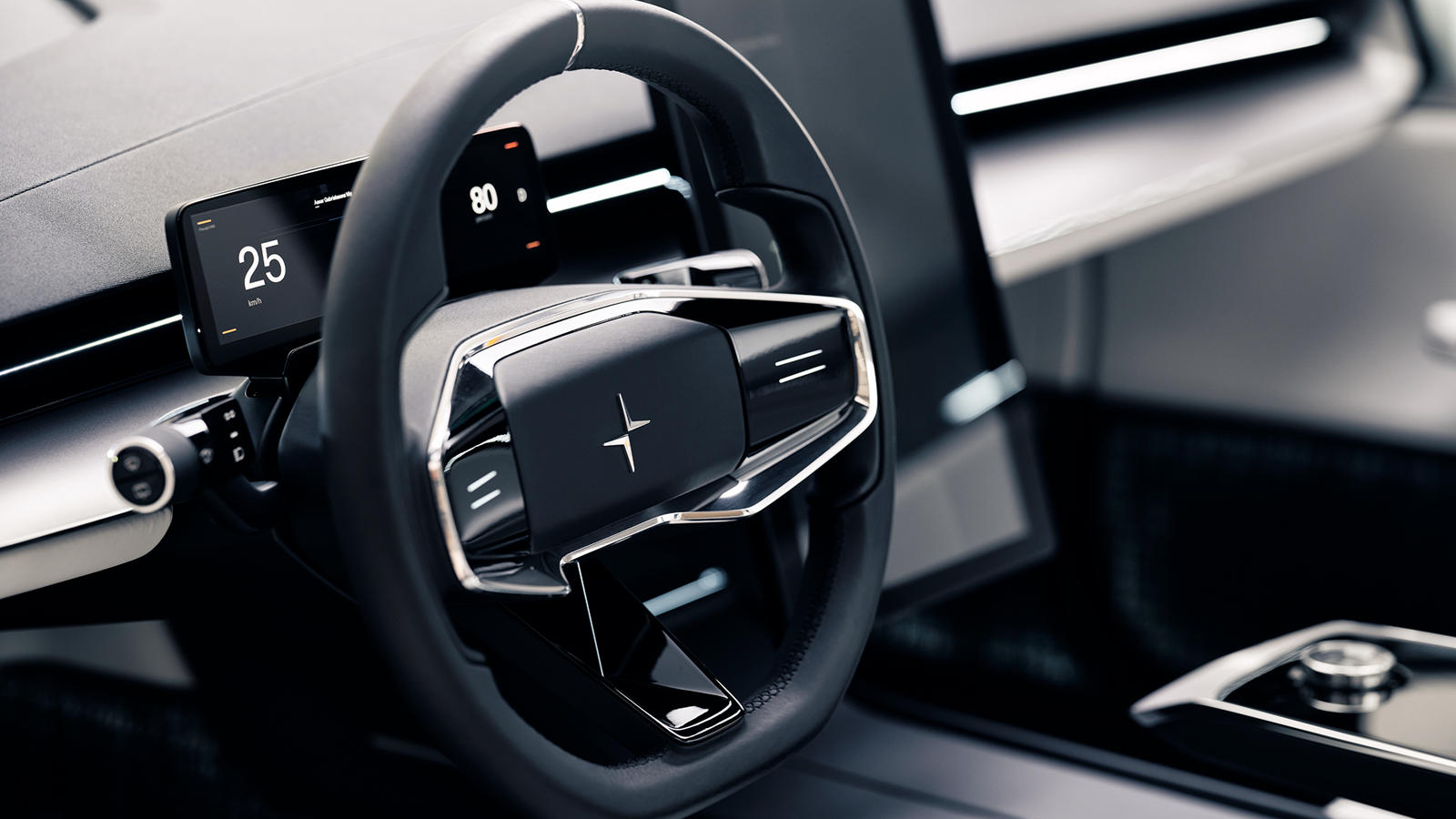5 must-have features to future-proof your first or next EV purchase
It's range, charging, smarts, and more

Here’s a quandary… Say you’ve enjoyed driving an EV for a few years and your lease is ending, or you own an EV and it’s time for an upgrade. You’re already familiar and comfortable living with a battery EV and you’re not going back to internal combustion – not even a hybrid. Alternatively, you’re new to EVs, but you’ve done your homework, and you’re ready to take the plunge and get a battery EV.
What are the must-have features to future-proof your next EV purchase? It’s 2024. There are more battery EV choices than ever before, and access to fast and reliable public charging networks is improving rapidly. This is a particularly difficult question to answer if, like me, you’re driving a Tesla. You love your car and the ecosystem, but you can't stand Elon and don’t want to support him by giving Tesla your money.
As a two-time Tesla owner, I know I’m biased. But regardless of Elon’s antics, I think that Tesla still delivers the best EV experience on the market today – especially in North America – and the company still makes some of the best EVs when it comes to technology, efficiency, packaging, and value. The Model Y's popularity worldwide can attest to that. So I asked myself, how close can I get to driving a Tesla without driving a Tesla?
A real-world range of more than 275 miles

The average American drives fewer than 40 miles a day – I know. So, assuming you can charge at home every night, a small, light, and affordable battery EV with a range of about 100 miles makes perfect sense. Look no further than the Mini Cooper SE, upcoming Mini Cooper EV, or new Fiat 500e. Even a Nissan Leaf would get the job done. Problem is, if you live in an apartment like me, you might not be able to charge at home.
Also, the US (and Canada) are big countries. It’s not unusual for folks in North America to travel long distances, be it a few times a year or several times a month. Your EV should be able to replace your internal combustion vehicle without limitations, and that’s why range matters. And I’m not talking about EPA range here, but range measured in real-world conditions taking weather, topology, and driving style into account.
I’ve been doing EV road trips all over the West Coast of the US for six years now with the two Model 3s I’ve owned back-to-back, and in my experience, a real-world range of 275-350 miles is the sweet spot – and something you should consider for your next EV. But range isn’t the only ingredient for worry-free long-distance travel in a battery EV. Charging infrastructure is also critical, which brings us to the next requirement.
Supercharger access and charging rates above 200kW

In the US right now, Tesla’s Supercharger network counts more than 21,800 DC fast chargers. Of those, over 15,000 support charging at up to 250kW (400V), and are open to non-Tesla cars – currently Ford and Rivian EVs via an adapter, with support for more manufacturers to come. The second largest DC fast charging network in the US is Electrify America with over 4,000 chargers, some capable of charging at 350kW (800V).
Sign up for breaking news, reviews, opinion, top tech deals, and more.
But there’s more to charging on the road than the number of compatible DC fast chargers available for your EV. Up-time is another issue. Based on multiple surveys, the Supercharger network is about 99% reliable, while 23% of chargers from other DC fast charging networks are down at any given time. Worse yet, these chargers are often out of commission for multiple days but are still listed as functional by charging networks.
Obviously, charger reliability is important, but so are charging rates. EVs don’t charge at a constant rate. Assuming the batteries are pre-conditioned (pre-heated for the fastest charging performance), EVs tend to charge faster below 80% charge, and fastest between 30-60% charge. As such, the Chevy Bolt, which supports 55kW charging, will charge much slower than the Hyundai IONIQ 5 which peaks at 230kW.
How much of a difference does this make? The Chevy Bolt will take 70 minutes to charge from 20-80%, while the IONIQ 5 (AWD) will take 20 minutes to charge from 20-80%, and both offer a similar range (about 260 miles EPA). Also, the IONIQ 5 will only charge this fast using a 350kW (800V) charger. So, basically, your next EV should have access to Tesla’s Supercharger network and support 200kW or faster charging.
A software defined vehicle

Another thing to consider for your next EV is whether it’s a full SDV (software defined vehicle) or not. I’ve written about this before, but basically, SDVs are cars with functions and features that are primarily enabled through software and can improve over time via OTA (over-the-air) software updates. Tesla was the first to popularize SDVs, followed by other EV startups (Rivian, Lucid, and Polestar) and Chinese manufacturers.
While most EVs support OTA software updates, not all are full SDVs. This means that not all hardware components in these cars can be updated OTA. EVs from legacy car manufacturers mostly fall into this category, although things are improving rapidly. It’s one thing for your infotainment system to receive updates OTA, it’s another thing for your BMS (battery management system) to be updated OTA.
Why should you care? Because with SDVs, the manufacturer controls the hardware and software directly. A vehicle that’s designed to function as one cohesive system is more likely to deliver a good user experience. In other words, the reason so many cars don’t provide a good user experience today is because they’re basically a random assortment of hardware and software designed by various suppliers.
Level 2+ ADAS

One essential feature your next EV should include is a proper Level 2+ ADAS (advanced driver assistance system). The good news is that basic Level 2 functionality is pretty much standard on most EVs these days. Level 2 ADAS is defined by the SAE (Society of Automotive Engineers) as partial driving automation (including automatic steering, acceleration, and braking) that requires the driver’s full attention at all times.
Ideally, you’ll want an EV equipped with Level 2+ ADAS, where the car mostly drives itself – like changing lanes and taking exits by itself based on the current navigation route – but requires the driver to regularly touch the steering wheel and look at the road. Some of these systems – like GM’s Super Cruise and Ford’s BlueCruise – are even hands-off (but still eye-on) on certain sections of road, conditions permitting.
Direct-to-consumer sales

Ask around, and it’s pretty clear that most of the time, buying or leasing a car from a dealership is a major PITA. What if you could purchase or lease your EV directly from the manufacturer – like you buy an iPhone from Apple – online or in a store, with a set price? That’s exactly what Tesla, Rivian, and Lucid offer, and having experienced it myself, it’s something you should seek for your next EV purchase.
So there you have it – five must-have features to future-proof your next EV purchase. If, like me, you’re someone who prefers cars over crossovers, the EVs closest to meeting these five conditions are the Rivian R3/R3x, Lucid Air Pure, and Polestar 4. Ford’s Mustang Mach-E GT, VW’s ID.Buzz, Kia’s EV6, Hyundai’s IONIQ 5 and 6, and Volvo’s EX30 are also in the running if you’re willing to compromise a little.
You might also like
- I played Deathloop on the 10-inch screen in an EV, and it was ...
- 15 things I wish I'd known before buying an EV
- Inside the new Porsche Macan – the Android-powered EV that's ...
- Your delivery van's EV upgrade is about to make your life better ...
- The best EV and car tech of CES: from Honda, BMW ...
- We used the Hyundai Ioniq 5 to charge another EV

Myriam Joire (tnkgrl) was born wearing combat boots and holding a keyboard. Moments later she picked up a soldering iron. On weekends, she rally-raced with her father. She's been stomping, typing, hacking, and driving ever since. After spending years being a code-monkey in the video game industry, she joined Engadget as Senior Mobile Editor and later Pebble as Chief Evangelist. Today she hosts the weekly Mobile Tech Podcast, makes videos on YouTube, writes about tech and cars for TechRadar and other major publications, and advises startups on product/media strategy. She's based in San Francisco.